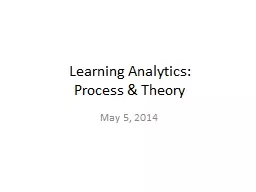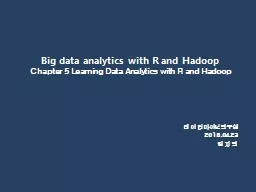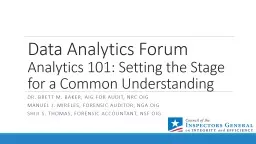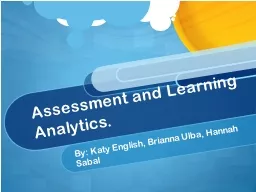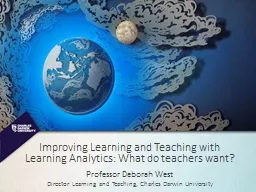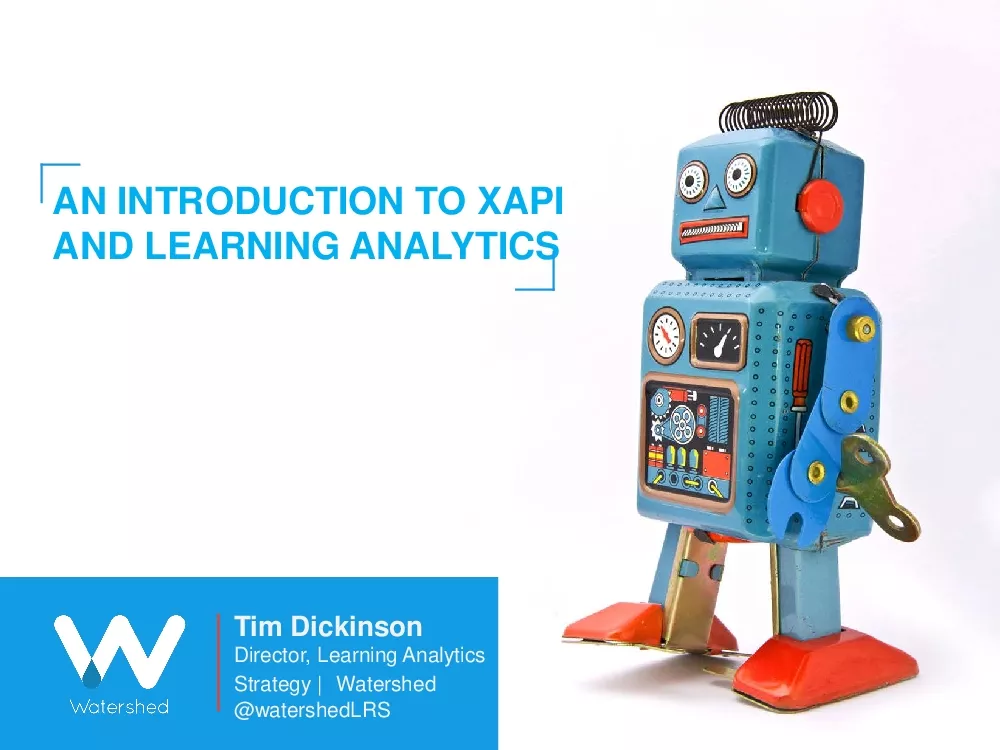PPT-Learning Analytics:
Author : olivia-moreira | Published Date : 2016-08-03
Process amp Theory May 5 2014 Todays Class Methodological Pluralism Reprise ENTITATIVE HOLISTIC ESSENTIALIST EXISTENTIALIST Buchanan and McKeons Framework Educational
Presentation Embed Code
Download Presentation
Download Presentation The PPT/PDF document "Learning Analytics:" is the property of its rightful owner. Permission is granted to download and print the materials on this website for personal, non-commercial use only, and to display it on your personal computer provided you do not modify the materials and that you retain all copyright notices contained in the materials. By downloading content from our website, you accept the terms of this agreement.
Learning Analytics:: Transcript
Download Rules Of Document
"Learning Analytics:"The content belongs to its owner. You may download and print it for personal use, without modification, and keep all copyright notices. By downloading, you agree to these terms.
Related Documents

